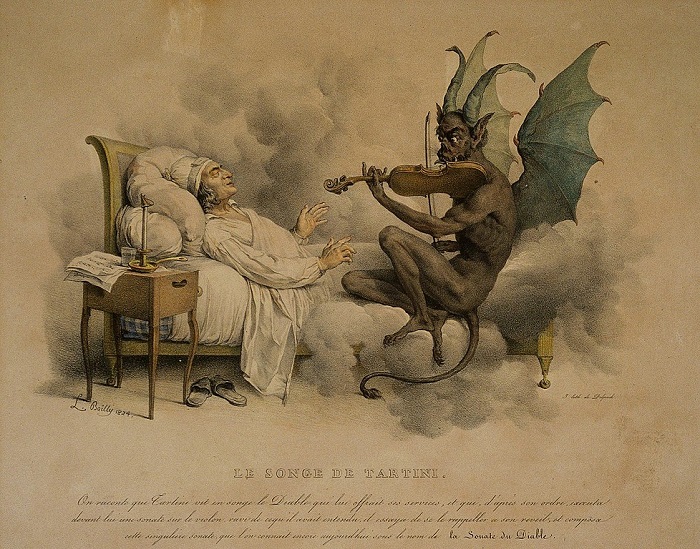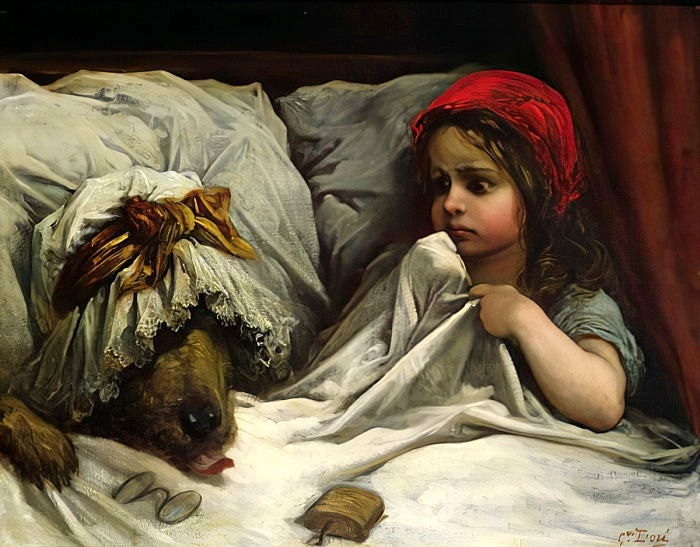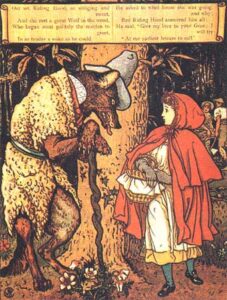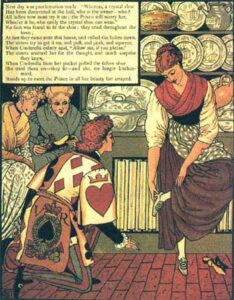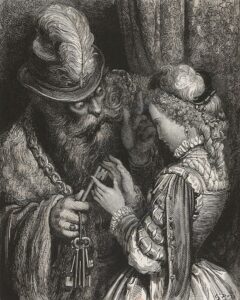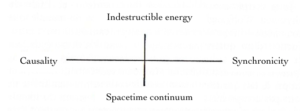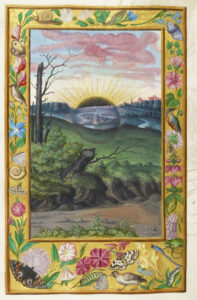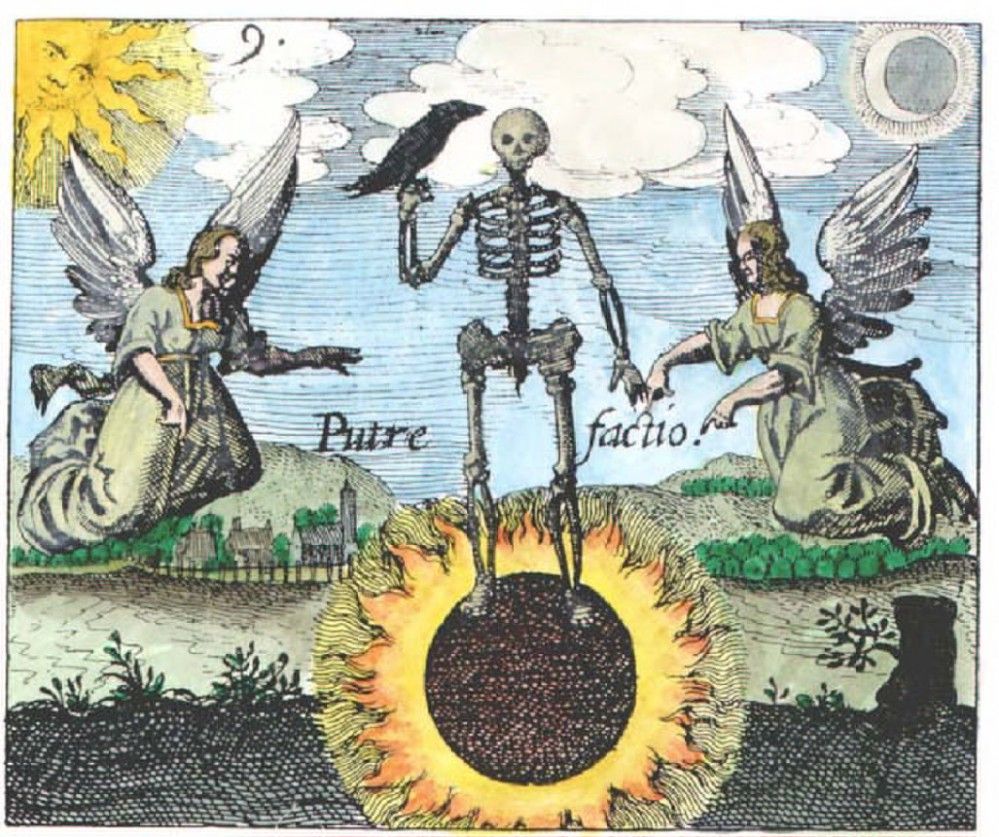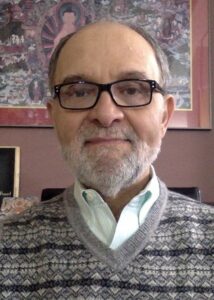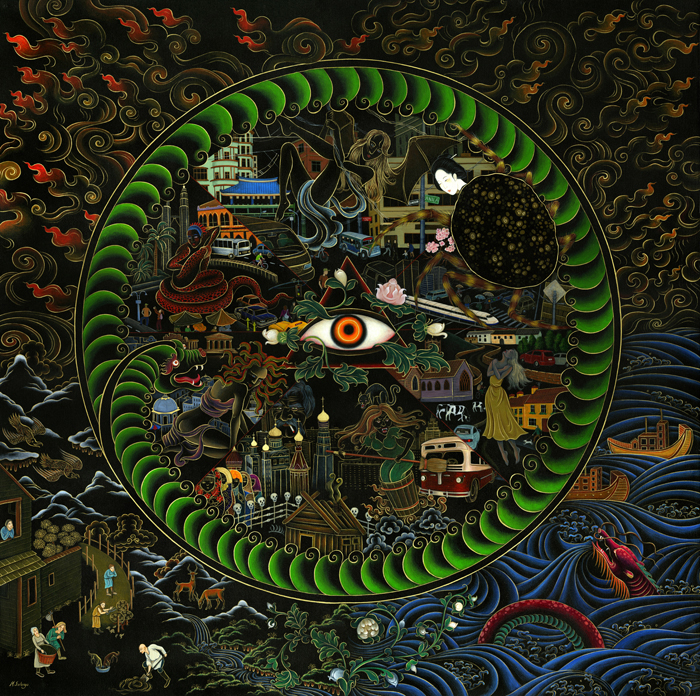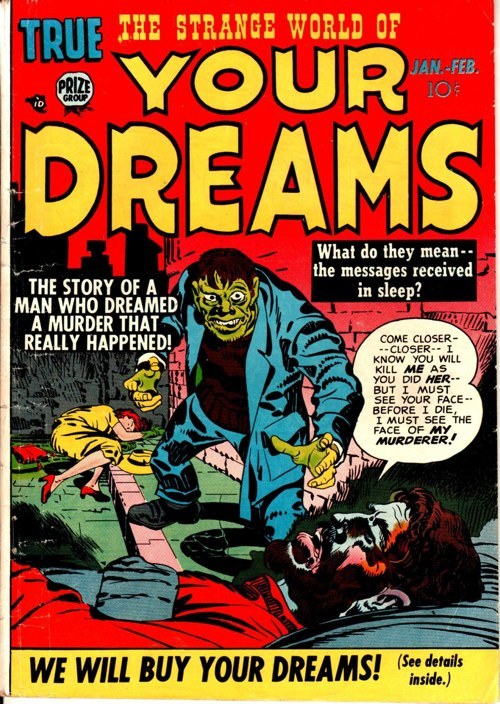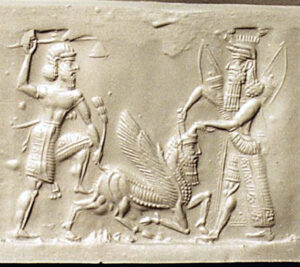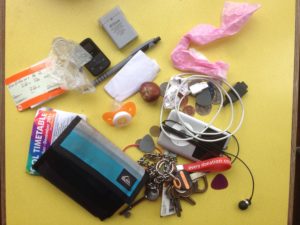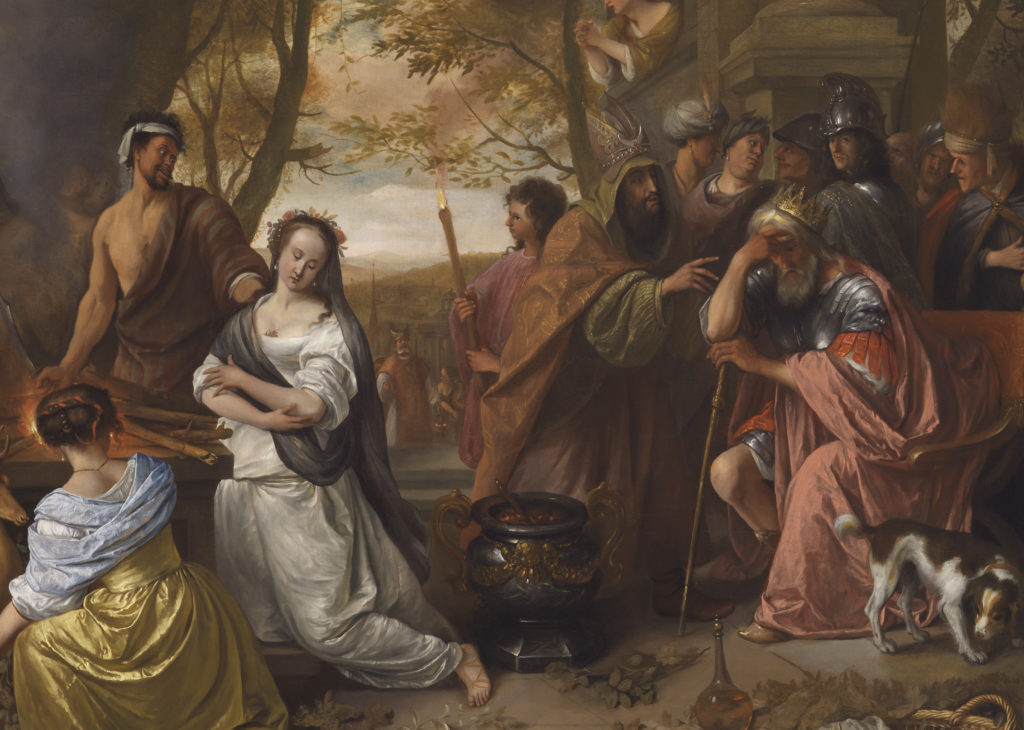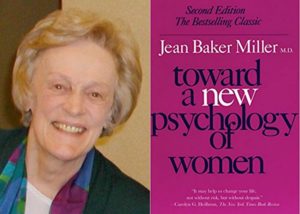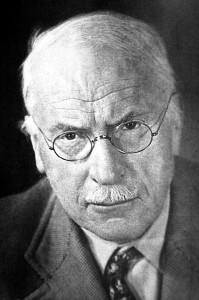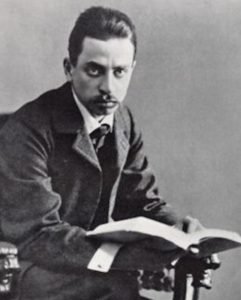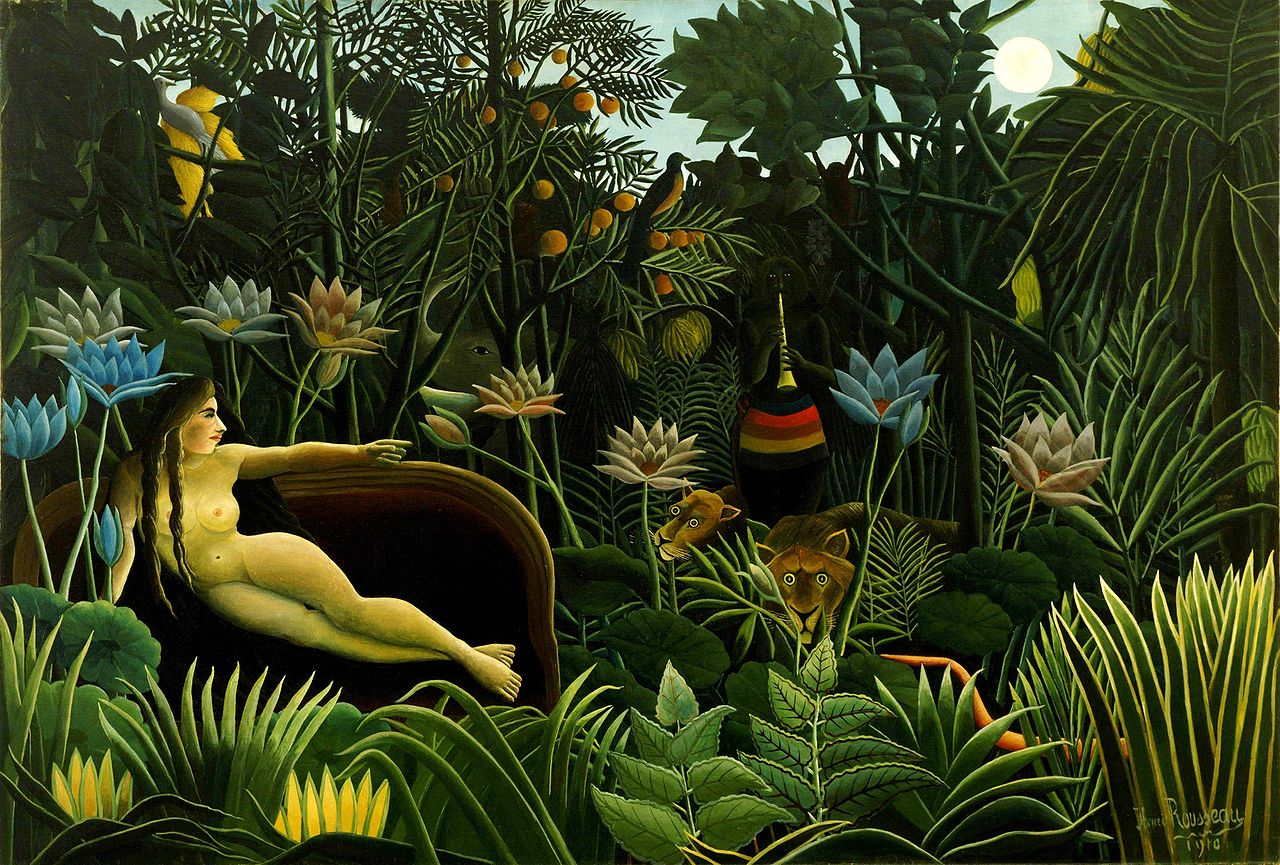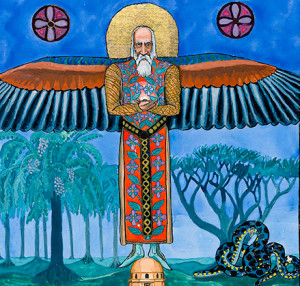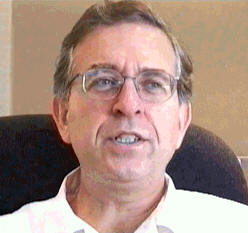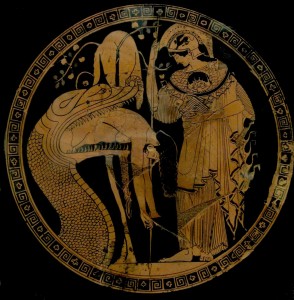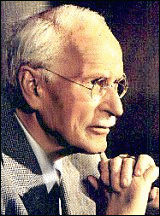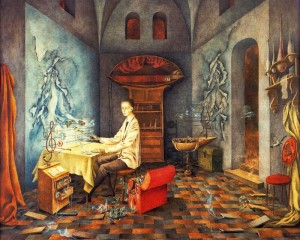
Imagine you are a child, snug in bed. Outside, night is falling. Your mother is telling you the story of Cinderella. Images of the wicked stepmother and her evil daughters dance in your head. Or maybe you’re with Jack, climbing a beanstalk, or plotting against Rumpelstiltskin, the evil gnome.
Fairy tales have enchanted us for centuries, originating from oral traditions that arose early in human history. The tales about campfires vastly differed from the animated movie versions in which time-honored stories have been reinvented as entertainment to satisfy current cultural appetites. Rarely do we as adults return to the fairy tales of our youth. However, if you are reading this post, psychology is on your mind, and you may share my belief that the old tales in their undiluted form offer insight into a range of human predicaments.
In his lifelong study of the relationship between the conscious and unconscious mind, Swiss psychiatrist and depth psychologist Carl Jung used fairy tales in his psychoanalytic practice to expose a patient’s inner struggles. The images in fairy tales, Jung believed, illustrated inner states of being and gave form to what was unspeakable in a person’s life. A discussion of sleeping beauty in her glass coffin might spark a patient’s revelation about feeling “dead to life.” Hansel and Gretel’s story might bring up forgotten feelings of abandonment.
For Jung, dreams, fairy tales, and myths offered information about oneself and the world hidden from the conscious mind. Dreams, fairy tales, and myths conveyed archetypal motifs and patterns that spoke directly to a person’s creative imagination. In fairy tales, recurring themes such as death and rebirth, orphanhood, confrontation with evil, transformation, loss and renewal resonated with personal wounds.
As modern people immersed in a material world, we tend to overlook how we also experience symbols in our daily lives. A shoe may be protective outerwear for a foot, but it may also symbolize a certain class or be an object of desire. Symbols stimulate responses that propel action. A swastika is a symbol, as is a cross, as is a smiley face, as is a wedding band. Symbols also populate fairy tales and dreams. Have you ever felt that what you experienced in life resembled a fairytale? Have you ever felt lost and abandoned in a strange place? Which beanstalk are you climbing and why?

We are creative, imaginative, and feeling creatures. How we read and respond to symbols activates emotions. If we pay attention to images that provoke strong feelings, we know we are at a portal to deeper self-knowledge.
There have been several recent studies exploring how fairy tales can be useful in therapeutic practice. In 2014, researchers at the University of Bologna explored group therapy workshops with 21 women experiencing adjustment disorders. Participants spent five sessions discussing female heroines and charming princes, “Cinderella’s revenge” (i.e., how to discover and use inner resources inside every woman), the couple in fairy tales, and symbolic meaning. In the final two workshops, participants were asked to create a fairy tale as a group using the structure: initial stressful event, test, tasks, help, fight, victory, final reward. At the end of the intervention, participants reported increased personal growth and self-acceptance and decreased levels of anxiety.[1]
In her wonderful article, “The Use of Fairy Tales in Psychotherapy,” Bette u. Kiernan, MFT, describes how patterns from family therapy systems recur in fairy tales and observes “The families in fairy tales resemble the families who most often seek psychotherapy. Often the fathers are absent or ineffective; there are stepmothers who are cruel, raging, lacking in empathy, and even murderous; and siblings are jealous, demeaning, and emotionally abusive. Typically, fairy tale families scapegoat one member of the group: witness the case of Cinderella.”[2]
Are you curious to explore how fairy tales might be a playful and creative way toward greater self-knowledge? One way is to do this is to use the framework of Internal Family Systems, IFS, and consider each character in the story as a “part.” IFS conceives of every human being as a system of protective and wounded inner parts led by a core Self. IFS therapy supports the idea that we have internal families within us and some of the subpersonalities are wounded and some healthy, but all are good.These parts, however, are not static; they can and do heal and change.[3]
Please read “The Fisherman and His Wife,” by the Brothers Grimm. Consider each character in the story as an aspect of yourself. What are five words to describe the fisherman? What feelings does he illicit? What words describe his wife? What feelings does she bring up? What does the fish symbolize to you? Do you identify with one character over another? Which character do you feel closer to? Is one more sympathetic than another? How would you rewrite the fairytale? What have you learned about yourself from the exercise?
[1] Ruini, C., Masoni, L., Ottolini, F. et al. Positive Narrative Group Psychotherapy: the use of traditional fairy tales to enhance psychological well-being and growth. Psychology of Well-Being 4, 13 (2014).
[2] Kiernan, Bette U., MFT, “The Uses of Fairy Tales in Psychotherapy.” May 7, 2005 Betteconsulting.com
[3] Internal Family Systems Therapy, Psychology Today
This post appeared in a slightly different form on Dale’s blog on Psychology Today. You can find all of Dale’s blog posts for Psychology Today at Transcending the Past.
If you found this post interesting, you may also want to read “The Fear of Abandonment: Missing Mothers and Fairy Tales,” “Dream Disturbances: The Healing Function of Bad Dreams,” and “Write Your Own Fairy Tale.”
Keep up with everything Dale is doing by subscribing to her newsletter, Exploring the Unknown in Mind and Heart.



